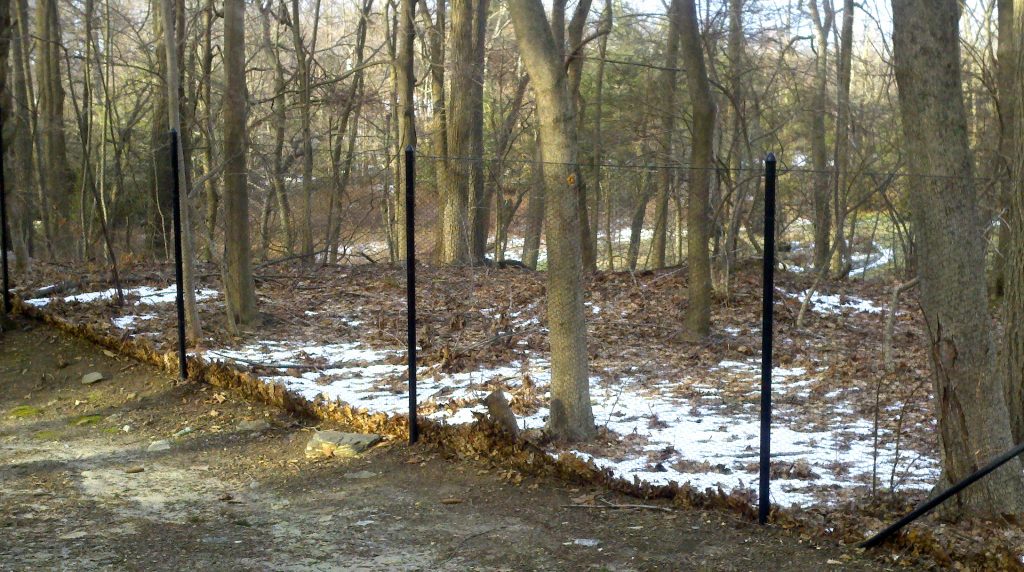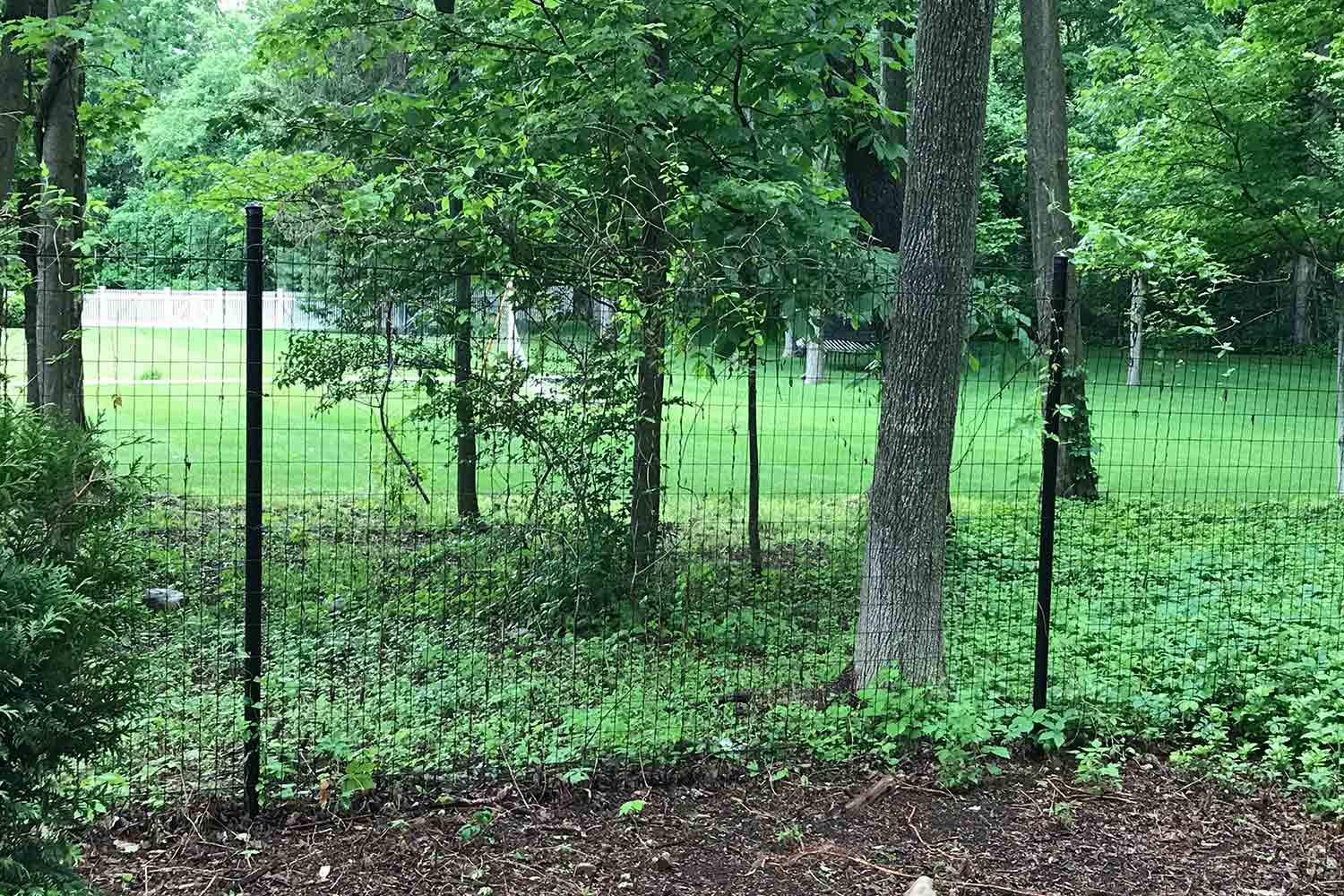A Complete Guide to Deer Fencing
John Bartalucci

Deer fencing is used to keep deer and other wildlife outside of your property. To get the most out of your deer fence, you need to choose a specific design strategy that works best with your landscape. Buying and installing such a fence is in no way cheap, which is why you need to ensure that a good design strategy is implemented to prevent damage from deer antlers. Deer fencing is usually built on along the property boundaries, but this is the priciest option which also requires a deer-proof gate for your car to get through. If possible, you should put your focus on putting up the fence around the areas of your homesite with the most plantation, such as a garden or an orchard. This article is going to give you more details on deer fencing and new strategies to build it.
Further Information
Typically, deer can jump over a six-foot fence, but there are certain circumstances that allow them to jump even higher than average. For example, deer that live in areas that are filled with huge populations of animals that are in need of food may be able to push themselves unusually far. Therefore, your barriers must be at least 8 feet tall in order to prevent them from crossing over. If there are height restrictions in your area, you can use double fences and space them four or five feet apart as well. The fence itself needs to be able to withstand extreme weather conditions such as winter storms and snowfall as well. This is why choosing the right materials for your fence is imperative. You can install electrified fencing that is used in livestock compound as well. That being said, these fences may be illegal in some places, so it’s important that you check before getting them.
Before you spend your money on deer fencing, there are some things to keep in mind. First, think of whether you need the fence around your entire property or not. Second, consider whether or not you need a gate on your driveway. Third, apart from deer, consider if the fence design will allow any other wildlife to come through. Fourth, consider if the design of your fence will be at the cost of the overall beauty of your landscaping. Most importantly, make sure you know you’re not breaking any government or community regulations for installing deer fences.
Latest Strategies
Based on studies on how deer jump, there are some new strategies that have emerged in recent years. As it has been established that deer are able to jump pretty high, but they are more hesitant to jump over broader barriers. Knowing this, contractors are beginning to construct the designs that can be applied on smaller scales. There are two options for you here:
Option Number 1
Build two shorter T-post and woven wire field fences three feet apart from other, and make sure that they are running parallel to each other. This means that the short fences are close enough together to make a solid fence unit and also wide enough to stop the deer from going over. By removing ten-feet fence posts, costs can be lowered quite substantially.
Option Number 2
Another alternative that you can go for is to create a cantilever deer fence, where the barrier is wider and the posts are made of wood in the shape of an upside down “L.” The woven wire fence is laid over the top of the horizontal pieces to make a barrier to be as wide as the parallel fences with some space to spare. This is more difficult to construct than the first option, but it requires fewer materials, which means it is less costly.
Final Notes
All in all, you should still discuss with your fencing contractor to make sure that deer fencing will work in your area as it also depends on the species and behaviors of the deer.
At Red Fox Fencing, we have teams of fencing experts who can answer any of your inquiries about fencing, get in touch today to see how we can help.

